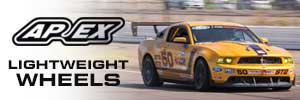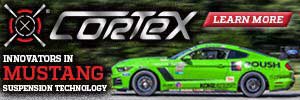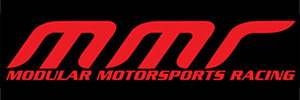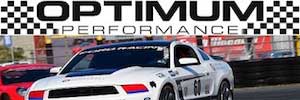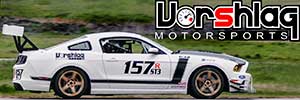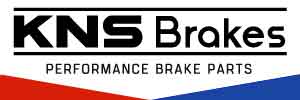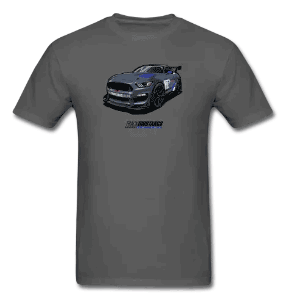Have some questions for Rob, our resident tire expert. I figured I would ask in public for everyone to see and help if he is able. While I was at the track I saw at least one team cleaning or scraping the tires with a heat gun. I actually stood there for 25 minutes watching them do this. Rob told me he also does the same thing with tires he uses for tracking. I gave it a try yesterday with an attachment that came with the heat gun, it worked but also bent quite easily. Today I made another attachment out of thicker aluminum and using a clamp attached it to the heat gun. It worked better but I would like to make another out of thinner but stronger steel.
Rob, what are the reasons for doing this? I understand the obvious about getting all the crap out of the contact patch and also the pickup. However I can only assume by the time I drive on pit road to the track I will have picked up all kinds of stuff. Does cleaning the tires of the old stuff really help?
I found they are much sticker after I do this, even a day after the cooled off. Does getting the top layer off make the tire (almost) like new again or at least work a little better? I certainly hope it helps here since it was a lot of work doing this.
I also see now there is (maybe) a new compound in the 285's I have. The tires with the old yellow lettering are still marked like last year but these are marked "G6000". They seem to be softer and sticker then the other compounds, at least after I cleaned them.
I was able to talk with two very cool tire guys about pressures. Going back to a long thread LS110-John started about blowing these tires on track, it looks like I was wrong (once again) about the pressures for these. While the 275 CTSCC slicks work well and wear evenly at 39-41 and even a pound or two more if you have the starting pressures off, these TUDOR series tires need about 28PSI. We even talked about the weight of the Mustang and they both agreed on that pressure. I was running 36 and keep wearing the middle out (common sense there). So I am going to try the lower PSI and see if they hook up better.


This is one I cleaned yesterday - on the left of this pair and the other before cleaning. I'm sure you do a better job Rob, after I did a couple of them I started to get better:

Some I did today with the attachment I made, you can see the difference in pic two as I was working:



Rob, what are the reasons for doing this? I understand the obvious about getting all the crap out of the contact patch and also the pickup. However I can only assume by the time I drive on pit road to the track I will have picked up all kinds of stuff. Does cleaning the tires of the old stuff really help?
I found they are much sticker after I do this, even a day after the cooled off. Does getting the top layer off make the tire (almost) like new again or at least work a little better? I certainly hope it helps here since it was a lot of work doing this.
I also see now there is (maybe) a new compound in the 285's I have. The tires with the old yellow lettering are still marked like last year but these are marked "G6000". They seem to be softer and sticker then the other compounds, at least after I cleaned them.
I was able to talk with two very cool tire guys about pressures. Going back to a long thread LS110-John started about blowing these tires on track, it looks like I was wrong (once again) about the pressures for these. While the 275 CTSCC slicks work well and wear evenly at 39-41 and even a pound or two more if you have the starting pressures off, these TUDOR series tires need about 28PSI. We even talked about the weight of the Mustang and they both agreed on that pressure. I was running 36 and keep wearing the middle out (common sense there). So I am going to try the lower PSI and see if they hook up better.


This is one I cleaned yesterday - on the left of this pair and the other before cleaning. I'm sure you do a better job Rob, after I did a couple of them I started to get better:

Some I did today with the attachment I made, you can see the difference in pic two as I was working:



